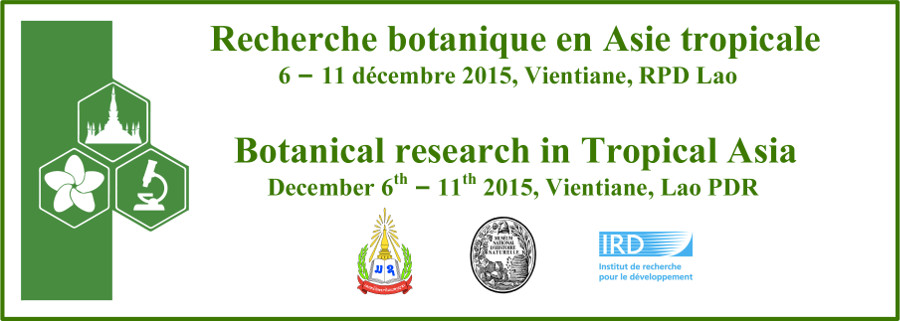Besançon botanic garden (France) holds an important collection of tropical plant species in greenhouses. Among several collections, eg. Orchids of French Guyana and Succulents from Madagascar, the garden preserves myrmecophytic plants from Asia. This collection is used for demonstration, plant conservation and research. Myrmecophytic plants of the Asian and Pacific genera Myrmecodia Jack and Hydnophytum Jack (Rubiaceae) are presumed to interact in a symbiosis with specific ants. The data available for these close relationships give a single ant species from subfam. Dolichoderinae,Iridomyrmex cordatus (FR.Smith), responsible for most interaction with plant of both genera. From observation of the morphology and determination of ants living within antplants collected in the Philippines, we can see that several subfamilies of Formicidae are retrieved: a species of Technomyrmex Mayr (subfam. Dolichoderinae) was found in Hydnophytum mindorense (Mindoro), a species of Pheiodole Westwood (subfam. Myrmicinae) and a Camponotus Mayr (subfam. Formicinae) in Hydnophytum spp. from Samar. Moreover, the decomposed organic matter found inside this Myrmecodia hides a high diversity of organisms such as microscopic animals, fungi from several lineages, tissues, spores and pollens of plants. Accordingly, the association classically seen as a symbiosis between plants and ants should be re-investigated as, first, co-evolution is questioned and, second, the mutualistic relationships involve much more than two partners. As a preliminary conclusion, an individual of antplant seems to function as a micro-ecosystem, with internal food-web, energy and nutrient transfers, high diversity of species and their interactions, species communities with specialized functions, and organic matter mineralization. These interesting findings should be comforted by the study of other myrmecophytic species from Asian and Pacific countries. Nowadays, rubiaceous antplants are threatened in nature and the botanic garden of Besançon would like to develop research and conservation programs to better understand and preserve these plants in collaboration with Asian botanic institutions.
- Poster

 PDF version
PDF version

